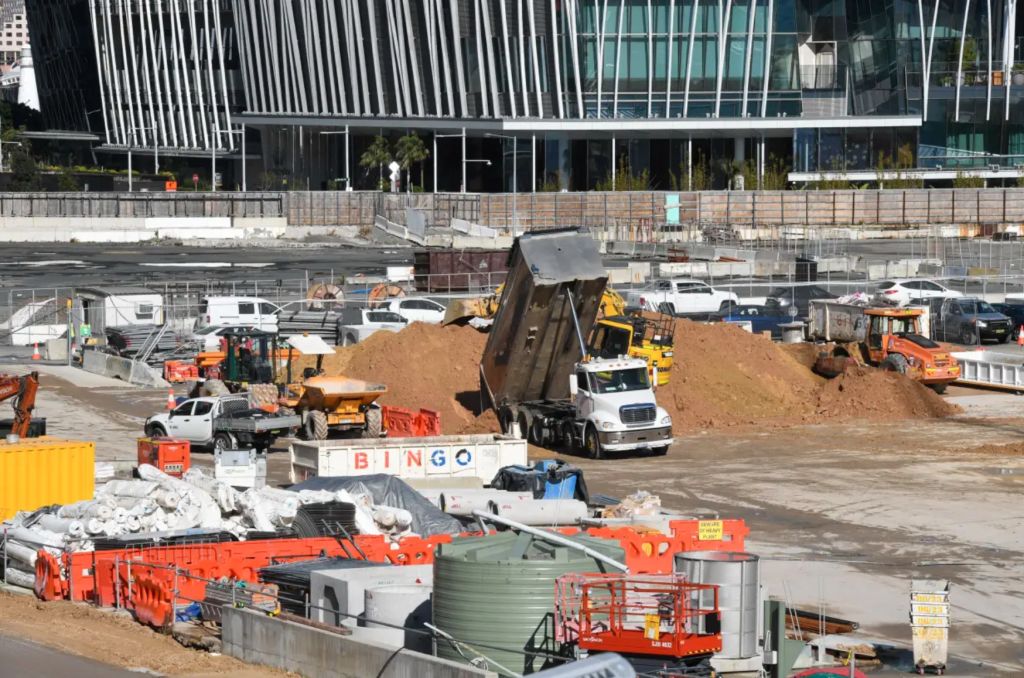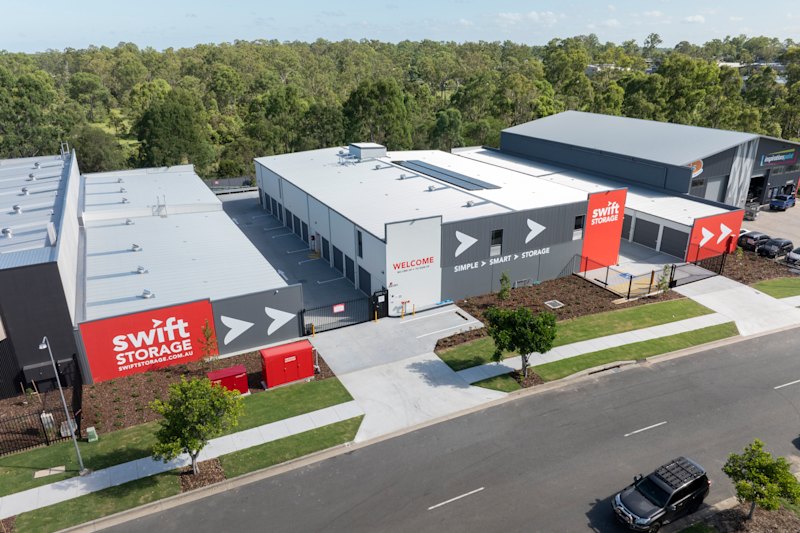
Builders push construction risks back to developers
Unpredictable weather and supply chain shortages are making developers take on more risks in construction and infrastructure contracts from builders to ensure that projects get completed, but it’s not clear whether this marks a permanent change or a temporary response to current stresses.
Surging materials costs that are prompting developers to pull the plug on planned projects – as Sirona Urban has in Perth and Central Equity in Gold Coast – and triggered the collapse of a string of large and small builders, are also prompting a shift in risk allocation between builders and their clients.
Some of it is climate-related. Insurance broker Lockton has a contractor client working on a large infrastructure project in northern Australia that has refused to bear the risk cyclones pose in terms of damage or delay, national construction manager Peter Jeeves says.
“They’re not willing to take the risk associated with cyclones,” said Mr Jeeves, who declined to identify the specific project.
But the pushback – in contrast to past practice of taking on risks such as cyclones – was a part of an emerging trend in the face of increasingly unpredictable catastrophic weather events that could leave some owners or principals exposed, he told The Australian Financial Review.
“We’ve seen more consistency in terms of contractors pushing back in the last 12 months.”
In commercial construction, rising construction costs and uncertainties about supply were driving a more collaborative approach between clients and builders, Multiplex chief executive John Flecker said.
“We more and more often are getting called in by our clients really early,” Mr Flecker said in a recent interview.
“Quite often, our skills and experience are being utilised to try and help a client make the project stack up and go,” he said.
“So we’re getting more of our work in a collaborative negotiation using our skills early [rather] than just fighting … [in] the market for the cheapest price.”
The pandemic has exposed the weaknesses of a construction industry operating on razor-thin margins. The collapse of building giant Probuild in February opened the industry’s risk model to further scrutiny.
The system that emerges from three years of pandemic will have a deep bearing across the industry. Developers also are at risk – as the collapse of Melbourne-based Caydon on Tuesday showed – not to mention the thousands of subcontractors left with little protection in the payments chain when a head contractor fails.
The crisis generated by the pandemic hastened co-operation, said Andrew Schwartz, the chief executive of publicly listed financier Qualitas.
“The builder takes responsibility for supplies of raw materials to site and cost increases of raw materials,” Mr Schwartz said on Tuesday. “But labour supply and lockdown is a risk that generally gets shared 50-50 between [builder] and developer.”
But it’s not clear how long these changes will last. Lockton’s Mr Jeeves said if extreme weather events became more predictable or builders felt they could better put in contingency measures to mitigate the risks they would go back to accepting them, but if not, they would keep refusing them.
Jon Davies, chief executive of the Australian Constructors Association lobby group, which represents the largest builders and contractors, said government clients were becoming willing to take on some of the risk of fast-rising materials costs, rather than pushing it all on to their contractor.
“Whether ultimately a longer-term change or a short-term change in reaction to market conditions, we have to wait and see,” Mr Davies said.
Multiplex’s Mr Flecker said he expected the old order to reassert itself.
“When there are pressures like this, this is a sensible model,” he said.
“If we came back in some years’ time, and everything’s easy, and materials are everywhere, and there’s heaps of labour, it would be hard for the clients not to go back to saying ‘Well, there’s three people who could do this, let’s just see if you can give us the best offer’. I think these things always cycle.”











